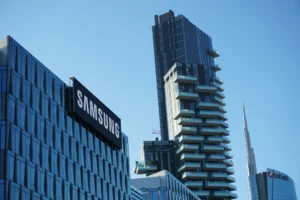Elon Musk’s brain-chip startup, Neuralink, has achieved a significant milestone with the FDA’s “Breakthrough Device Designation” for its innovative Blindsight device. This cutting-edge technology aims to restore vision in individuals with complete or partial blindness, including those with non-functional optic nerves.
Blindsight is a brain-machine interface (BMI) device that utilizes neural lace technology to act as a communication bridge between the brain and a wired device. The device consists of three primary components: a link, neural threads, and a charger. It works by stimulating and transmitting neural signals, bypassing damaged or non-functional optic nerves.
According to Musk, Blindsight will enable individuals who have lost both eyes and optic nerve to see, provided their visual cortex is intact. This technology also promises to restore vision in those born blind. Initially, the vision will be low-resolution, similar to Atari graphics, but it has the potential to surpass natural vision capabilities. Furthermore, Blindsight may allow patients to see in infrared, ultraviolet, or radar wavelengths.
Anand Mahindra, Chairman of the Mahindra Group, praises Blindsight as the “most enduring gift to humankind” if successful. Many experts agree that this breakthrough device could impact the lives of individuals with visual impairments.
Neuralink has received the green light to progress with Blindsight’s development, but the timeline for human trials remains uncertain. The company is actively seeking participants for its Patient Registry and inviting applications for openings on its career page.









